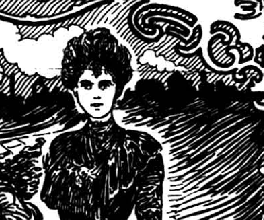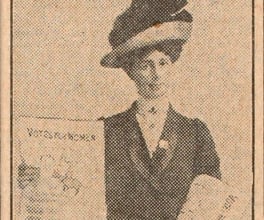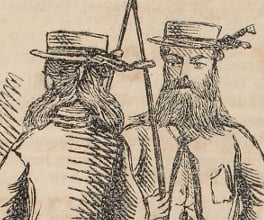Suffragettes in the media
Learning intention
Students examine early twentieth century media representations of women who campaigned for the right to vote, commonly known as suffragettes, through detailed image study.
Students will:
- Explore experiences of Australian democracy and citizenship, including the status and rights of women (ACHHK114)
- Identify points of view in the past and present (ACHHS123)
Background
These images are examples of how women who fought for their right to vote were misrepresented by the media during the suffrage movement of the late 19th and early 20th centuries.
You can find background information for students in the Women's rights section of Explore history and the Select resources section of Learn skills.
Resources
Primary sources on ergo:
- The Australian Women's Sphere, magazine
- Miss Goldstein sells papers, newspaper article
- Male and female women, newspaper article
- Petticoats, Patchouli and Politics: whimsical parliament of women, newspaper article
- Petticoats, Patchouli and Politics: whimsical parliament of women, newspaper detail
Single image study - student template [Word 11.88 KB]
Comparing images - student template [Word 15.39 KB]
Activity
Look at the images detailed above in small groups or as individuals using an image study template. Use questions below to guide discussion:
- How are suffragettes represented in your image?
- Why are they are represented that way?
- Were the artists men or women? What kinds of jobs in the media would women have had at the time?
- Why do you think women wanted the vote?
- What kind of women do you think became suffragettes?
- Why do you think some men thought giving women the vote would be a burden they shouldn't have to worry about? What do think they thought women should be doing instead?
- When did women in Australia get the vote?
- Was Australia one of the first or one of the last countries in the world to give women the vote? Why do you think that is?








